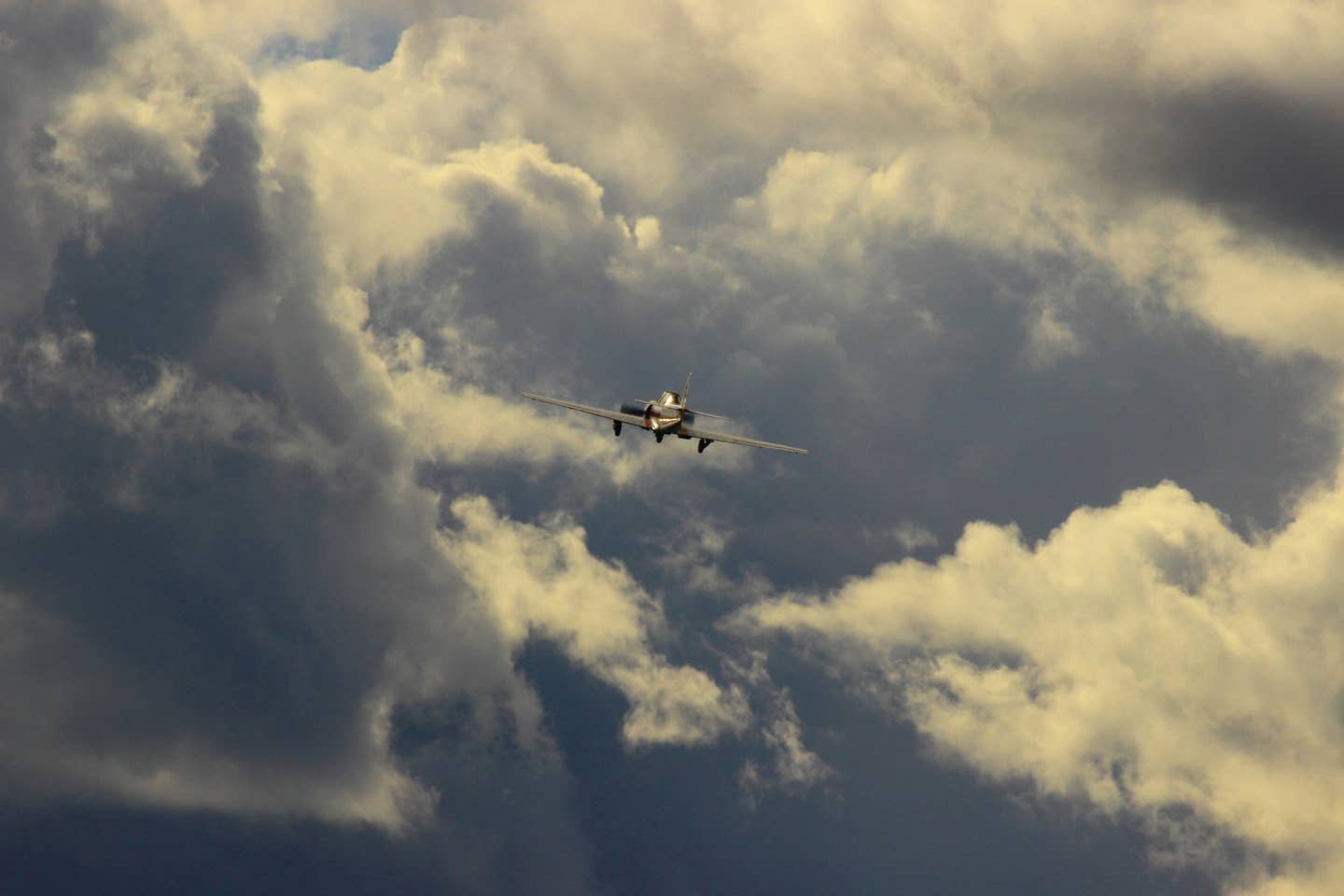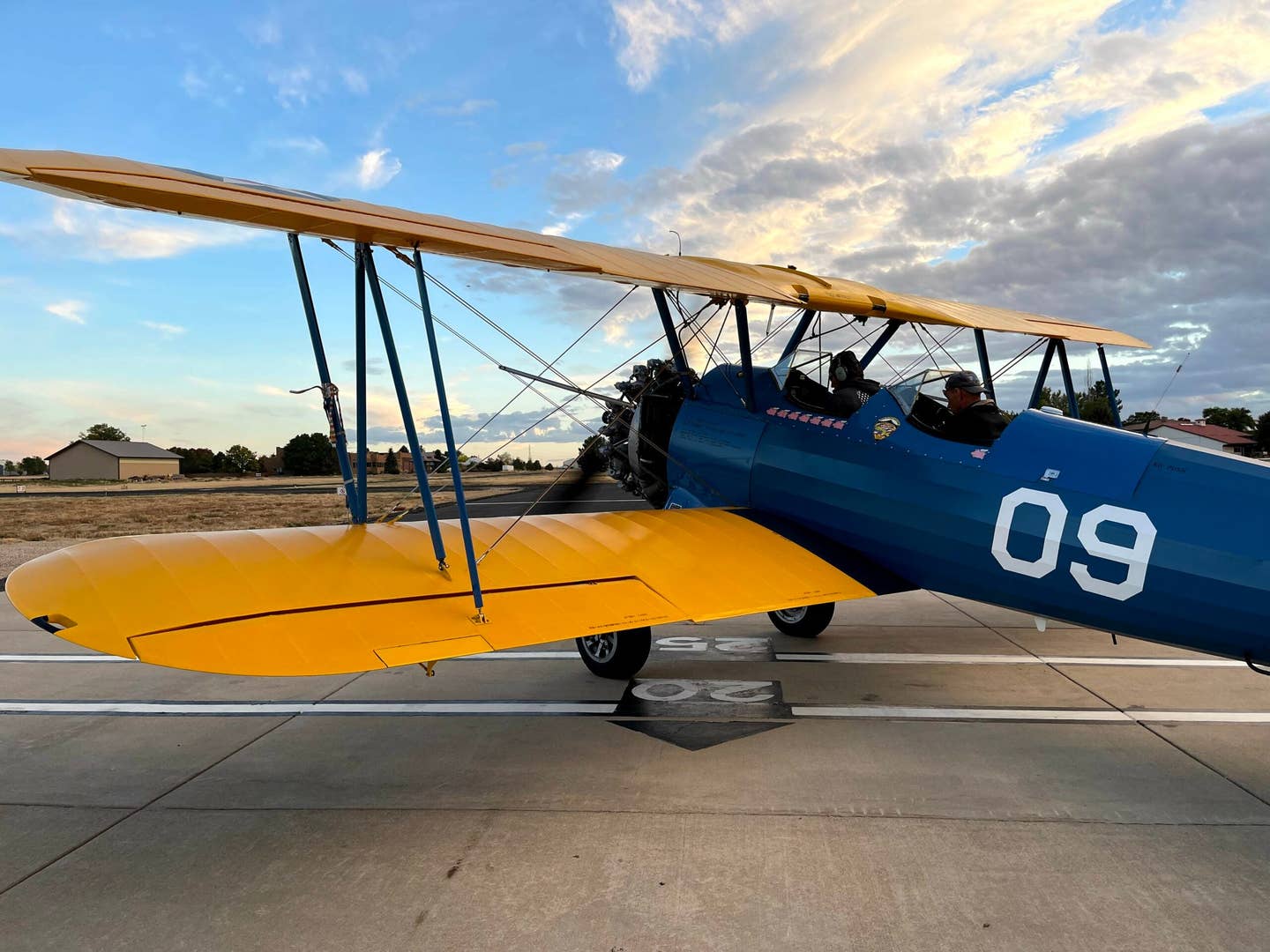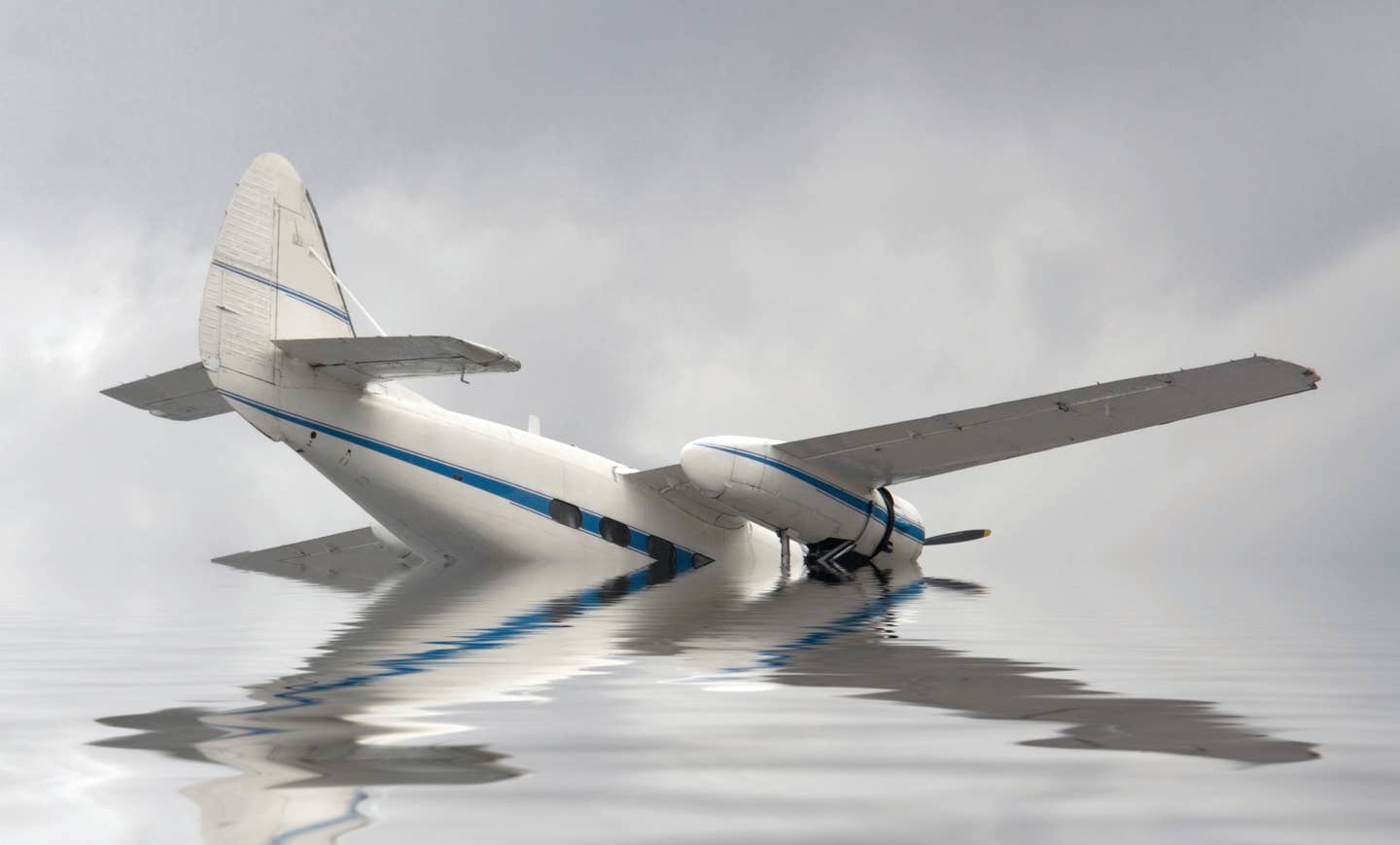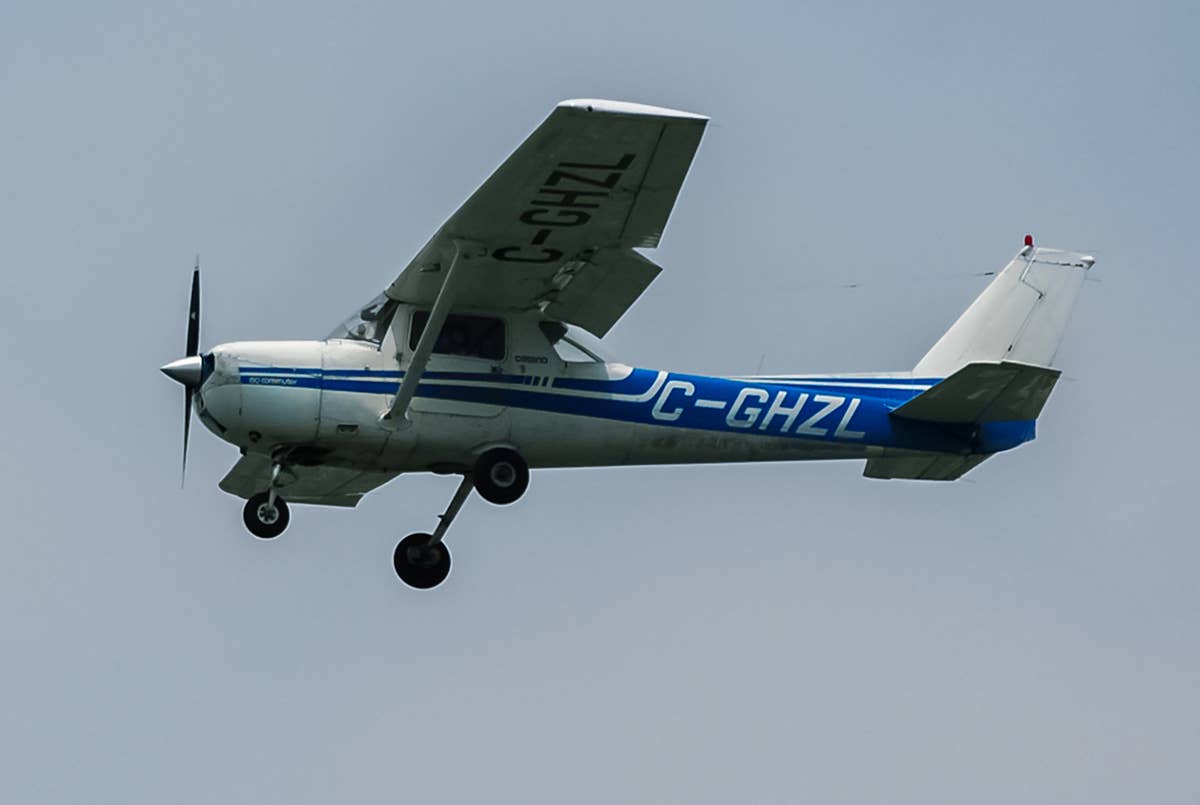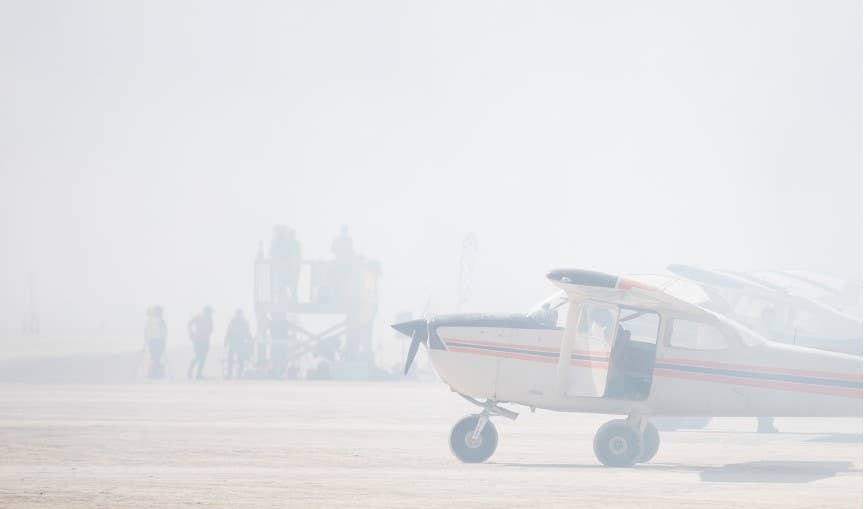King Air 350 Accident Proved to Be Fatal Misstep
A fatal 2019 King Air 350 accident near Dallas exhibited all the signs of a random pilot error.
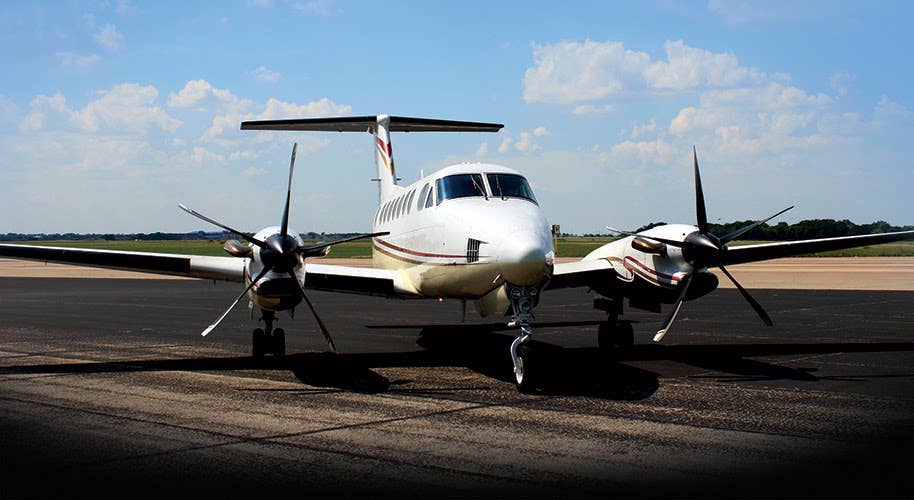
A fatal King Air 350 accident in 2019 near Dallas exhibited all the signs of a random pilot error. [Glenn Watson]
On June 30, 2019, a Beechcraft King Air 350 twin turboprop, leaving Addison Airport (KADS) near Dallas on a flight to Florida, crashed into a hangar beside the runway. Either the impact or the ensuing explosion and fire killed all 10 people aboard.
The catastrophe was recorded by a number of surveillance cameras, some located not far from the point of impact. Video showed the airplane airborne, initially drifting left, then yawing left to an extreme sideslip angle before rapidly rolling into an inverted dive. The sequence took just a few seconds. Once the left wing had dropped, the low altitude made recovery impossible.
If you're not already a subscriber, what are you waiting for? Subscribe today to get the issue as soon as it is released in either Print or Digital formats.
Subscribe NowThe crew had not reported any trouble to the tower. National Transportation Safety Board (NTSB) investigators reconstructed the event by analyzing surveillance videos and the sound spectrum of the engines captured as background noise by the cockpit voice recorder, as well as extracting data from the airplane’s ADS-B and terrain awareness warning systems. They concluded the critical left engine had spooled down for some reason, and the pilot had reacted by pressing on the left rudder pedal rather than the right. Only the combination of asymmetric thrust with added rudder, the NTSB found, could bring the airplane to the extreme yaw angle observed in the videos, as asymmetric thrust alone would not have been sufficient.
The only communications between the two pilots recorded during the accident sequence were an exclamation of “What in the world?” by the pilot flying and the copilot’s statement, three and a half seconds later, that “You just lost your left engine.” (The King Air is a single-pilot airplane. The copilot frequently flew with the pilot to gain experience, but was not permitted to touch the controls when passengers were aboard.)
The NTSB suspected the spooldown of the left engine might have been caused by a faulty friction setting on the left power lever, which could have allowed it to creep backward during the takeoff roll. This is a known susceptibility of King Airs; the power levers are spring-loaded toward idle, each has its own friction knob, and they rely on positive friction to keep them from drifting. The power quadrant was too badly damaged in the post-crash fire to allow investigators to tell anything about the position of the left power lever or the friction settings. Uncommanded power rollbacks on the PT6-series engines can have other causes, however, which would not necessarily be detectable in a severely burned wreckage, and so the attribution to the friction setting remained speculative.
The quadrant frictions are a checklist item, but the CVR recording disclosed no pre-takeoff briefing and none of the expected checklist or V-speed callouts. According to other pilots who had flown with him, the pilot, 71, a 16,450-hour ATP, was “not strong on using checklists” and “just jumped in the airplane and went.” He was, on the other hand, “super strong” on knowledge of the airplane, in which he had logged 1,100 hours. According to the pilot who administered his most recent proficiency check, he had performed well on the simulated engine failure on takeoff. The check ride took place in the airplane, however, not in a simulator, and so as a safety precaution the engine cut, which had been briefed in advance, did not occur until the airplane was safely airborne and climbing. A successful performance under such controlled circumstances did not guarantee success in exigent ones.
The NTSB’s reconstruction of the takeoff showed the pilot had rotated at 102 kias, slightly below the V1 (go/abort) speed of 106 kias and 8 knots below the calculated rotation speed of 110 knots. The airplane was fully airborne at 106 kias and was at around 110 kias when the power began to roll back. The airplane drifted left, reaching a maximum altitude of 100 feet. Three seconds later, it was at 70 feet and the airspeed was 85 knots. One second later, it plunged through the hangar roof.
The standard procedure for loss of an engine in the King Air 350 is to establish a positive rate of climb with a pitch angle of 10 degrees, retract the landing gear, and feather the propeller on the inoperative engine while maintaining V2 (minimum safe climb speed with an engine out) to 400 feet agl. Above 400 feet, the airplane is allowed to accelerate, the flaps are retracted, and the climb continues at 125 kias.
None of this happened, however, because the pilot, in spite of his lifetime of flying experience and countless successful proficiency checks, stepped on the wrong rudder pedal.
- READ MORE: Objection Overruled
There was a time when the NTSB often cited fatigue as a contributing factor in accidents, but at some point it must have become obvious that plenty of well-rested pilots crashed too, so unless a pilot literally fell asleep at the wheel, fatigue could never be proved to have been a link in a causal chain. In this case, the pilot had a history of severe sleep apnea. To the extent that the FAA was aware of it, the agency had taken no action, although in principle the condition could have been disqualifying. The NTSB turned its back on this opportunity to invoke fatigue. “No evidence,” the agency wrote, “indicates that the pilot’s medical conditions or their treatment were factors in the accident.”
I would have expected the NTSB’s finding of “probable cause” to be something like “...the pilot’s inappropriate reaction to a loss of power in the left engine, which resulted in loss of control.” Instead, it blamed “the pilot’s failure to maintain airplane control,” which seems rather vague and generic. Among the contributing factors, “failure to conduct the airplane manufacturer’s emergency procedure” is a little misleading, since he did begin to execute the procedure but bungled it. The agency added his “failure…to follow the manufacturer’s checklists during all phases of operation,” even though the only link between checklists and the crash was the hypothetical faulty friction setting for which there was no material evidence. Two King Air pilots with whom I discussed the accident were skeptical of the friction theory because they said matching torques on two PT6s during takeoff involves enough fiddling with the power levers that it would be impossible for the pilot to be unaware of a sloppy-feeling lever.
I suspect the NTSB wanted to blame the accident on the pilot not being a by-the-book kind of person. None of his associates the NTSB interviewed suggested he was reckless or incompetent—quite the opposite. The problem with pinning the accident on a personality trait of the pilot is that the mistake of stepping on the wrong rudder pedal is not connected in any obvious way to that. It seems more like one of those random human mistakes we all sometimes make—but hope we will never make at a critical moment.
Note: This article is based on the National Transportation Safety Board’s report of the accident and is intended to bring the issues raised to our readers’ attention. It is not intended to judge or reach any definitive conclusions about the ability or capacity of any person, living or dead, or any aircraft or accessory.
This column first appeared in the August 2023/Issue 940 print edition of FLYING.

Subscribe to Our Newsletter
Get the latest FLYING stories delivered directly to your inbox


